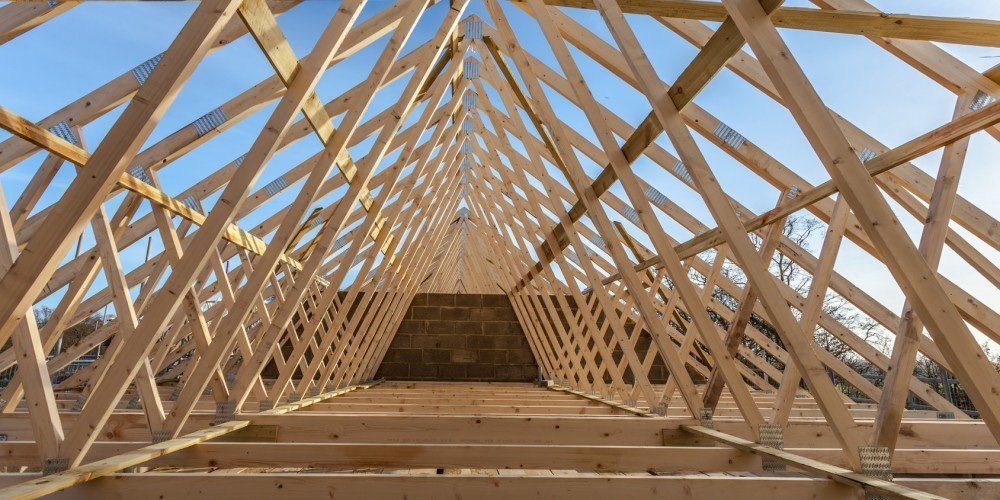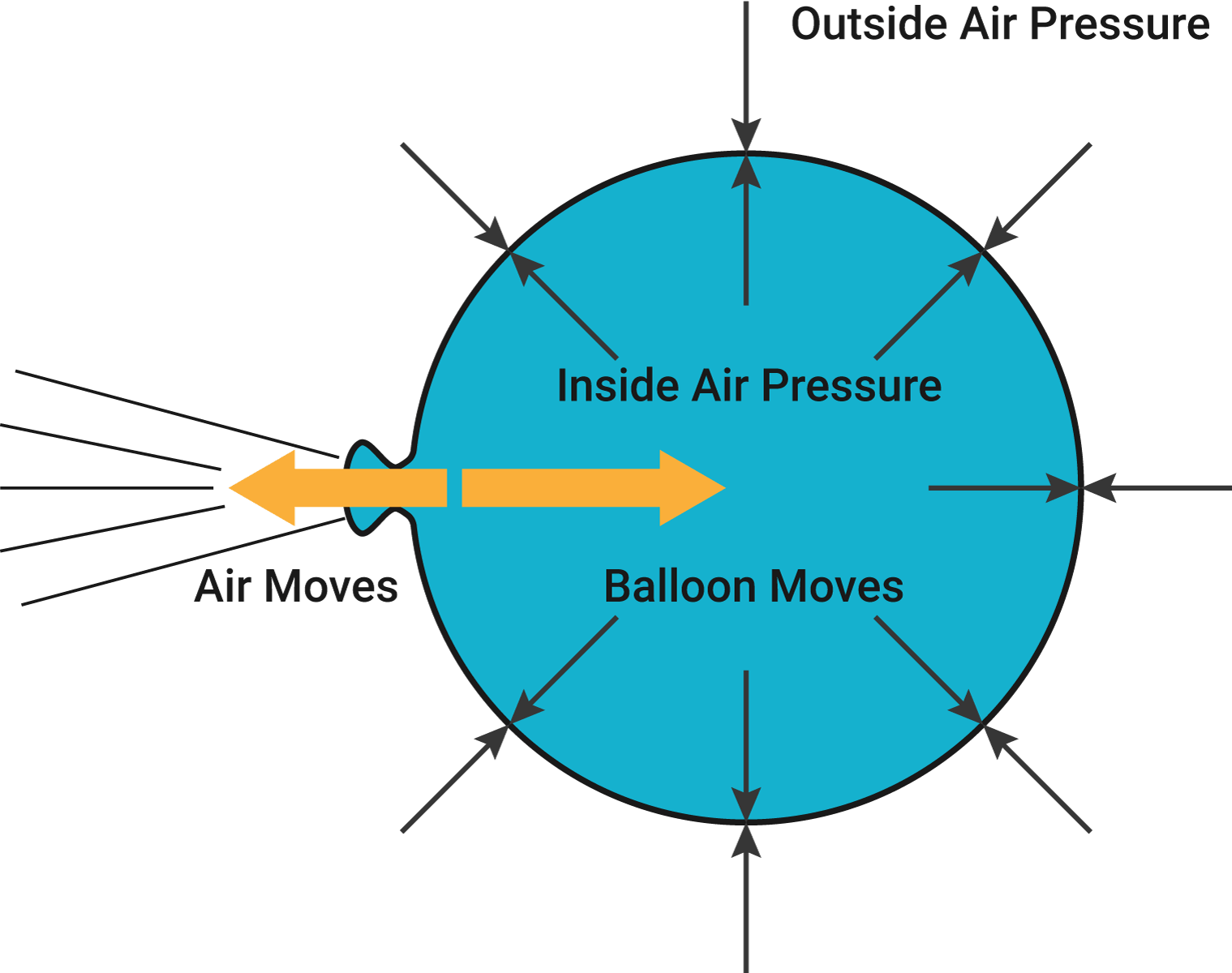Get Tech Tips
Subscribe to free tech tips.
Think Before You Drill

Over the last 30 years, there has been a big move away from conventionally framed roof structures towards engineered structures— specifically engineered trusses and load-bearing engineered beams like micro laminated and even steel.
I have been in so many attics where the engineered roofing or other load-bearing structures have been cut to accommodate equipment, wires, ducts, and pipes.
First, we need to say that all building codes are local or regional in the US. So, although exact codes may vary, best practices do not.
For non-load-bearing studs, boring and notching are generally OK so long as you don't actually cut the thing in half.
For load-bearing conventional vertical studs, you want to bore in the center and keep the hole 40% or less of the total width. Notches should be kept to under 25%.
But for engineered structures, steel beams, microlaminated beams, and engineered trusses…
You can't cut them unless the engineer has done specific calculations to allow for it or unless you can reference a specification that shows what is allowable.
In general, if something is holding up the roof, don't cut, bore, or notch it. If it is a conventionally framed structure, there may be some small allowance, but I wouldn't risk it.
Summary:
Think before you drill or cut
—Bryan











Comments
To leave a comment, you need to log in.
Log In